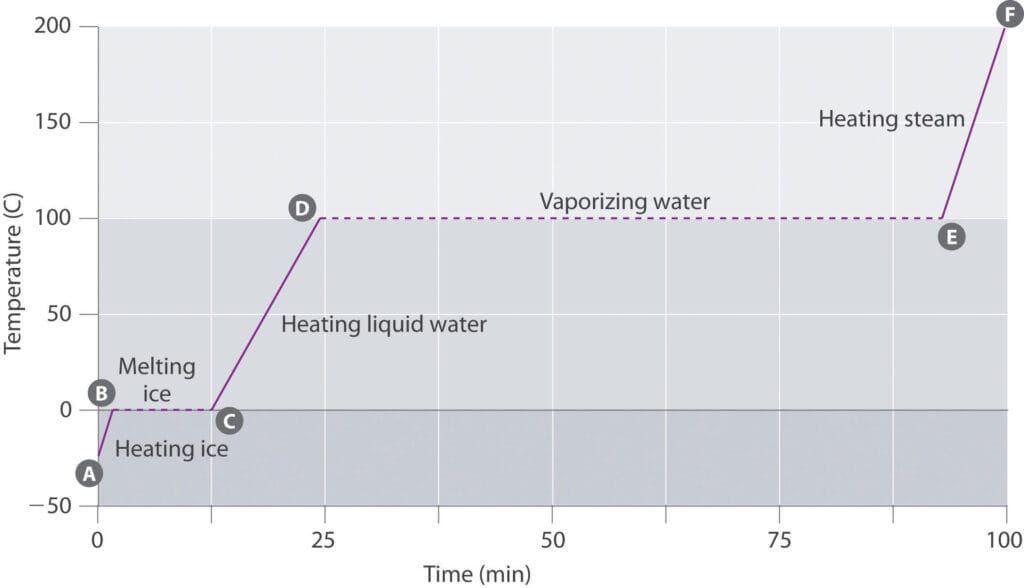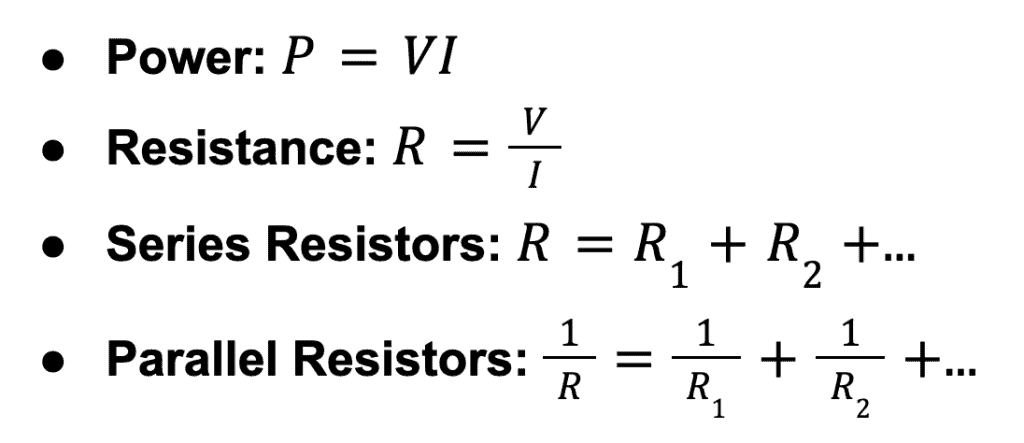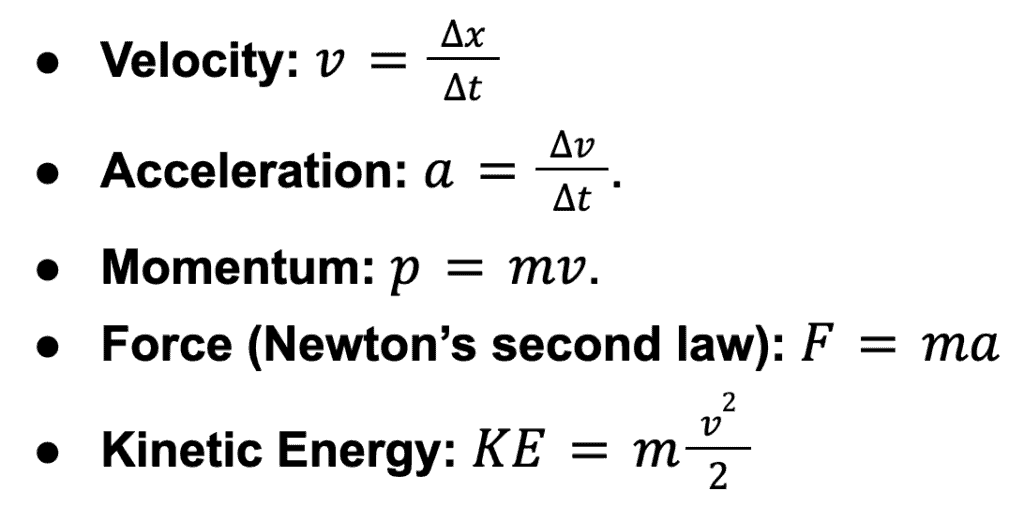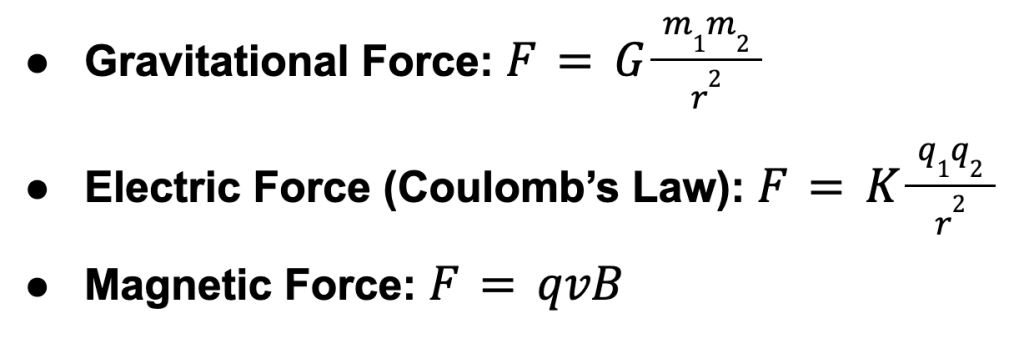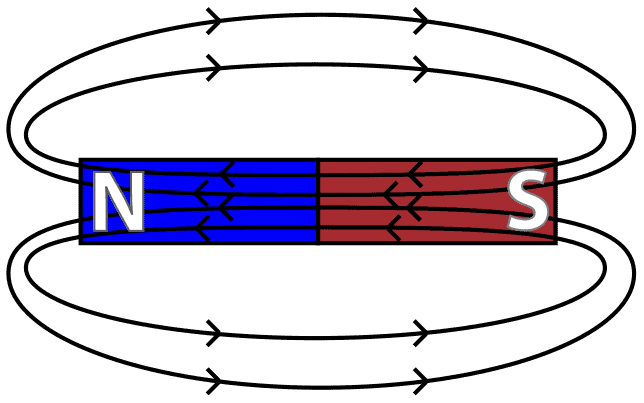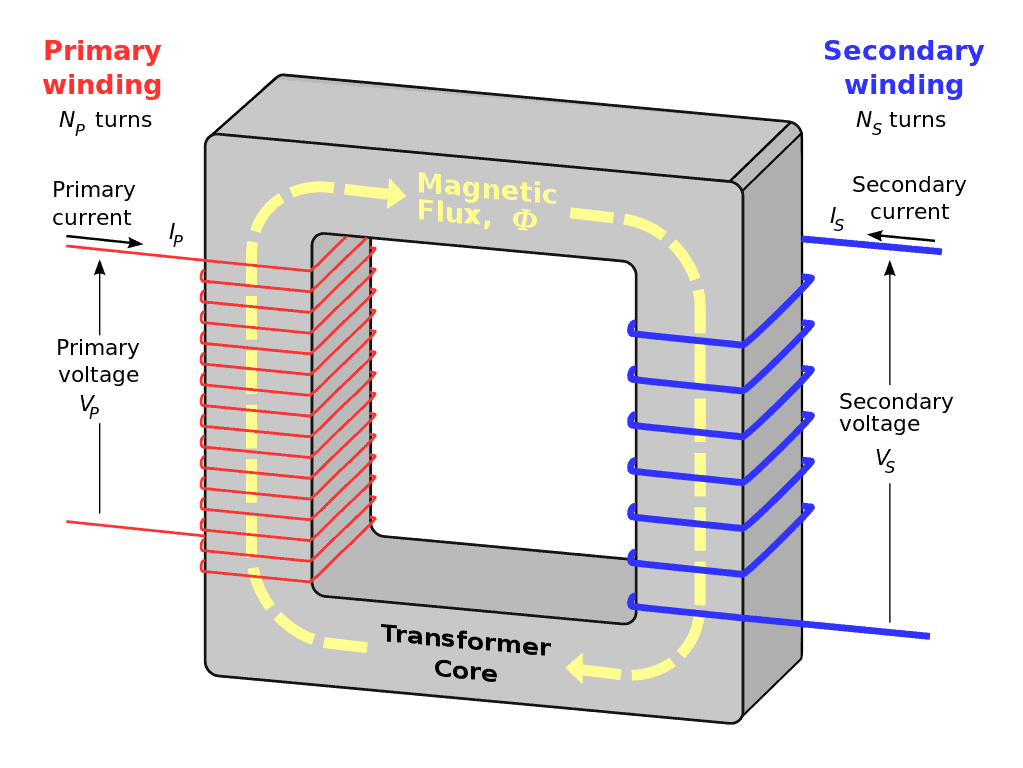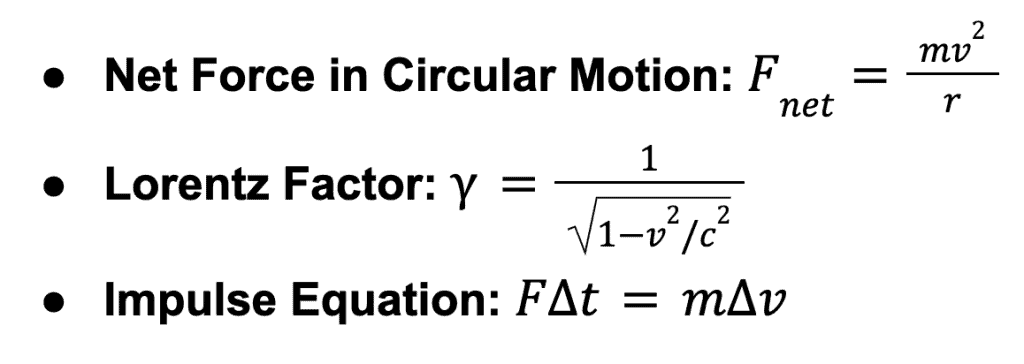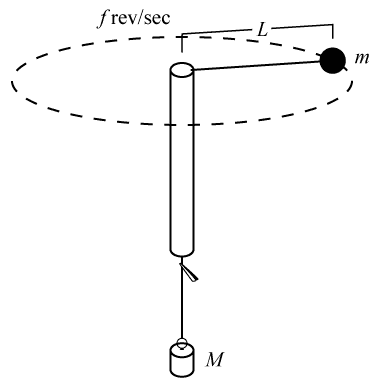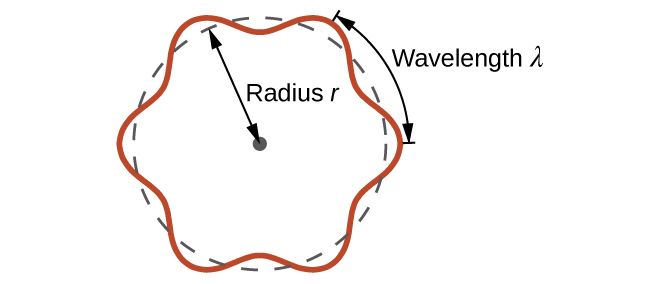Starting VCE Physics, but aren’t sure of the content you’ll be learning in the study design? Don’t worry, we’ve got you covered!
We’ll break down the VCE Physics study design into each area of study, and give you a brief overview to help you get an idea of what you’ll be studying in the subject.
So what are you waiting for? Let’s get started!
Unit 1: What ideas explain the physical world?
Unit 2: What do experiments reveal about the physical world?
Unit 3: How do fields explain motion and electricity?
Unit 4: How can two contradictory models explain both light and matter?
Unit 1: What ideas explain the physical world?
Area of Study 1: How can thermal effects be explained?
This area of study is all about understanding the basic principles of thermodynamics, particularly temperature, energy and work. You will also be asked to apply these concepts to the Earth’s thermal systems, in essence studying how greenhouse gases affect global warming!
The key equations for this section are:
Image sourced from LibreTexts
Area of Study 2: How do electric circuits work?
Here you will be focussing on the fundamentals of electric circuit: knowing the difference between concepts of current, voltage, resistance and power will be key! The large part of the marks in this area of study will come from the analysis of circuits, and experiments with a voltmeter and an ammeter will be performed.
The main equations to focus on are:
Area of Study 3: What is matter and how is it formed?
In this part of the unit, the focus is all on the atom! In particular this area focuses on half life, sub atomic particles and binding energy. You should make sure to brush up on chemical reactions from chemistry, as these will be used to study nuclear reactions.
This area mostly focuses on worded questions, so the key equation used in this section is:
Key Takeaways
- Calculating heat required to change the temperature or state of an object
- Using Stefan-Boltzman law to calculate energy radiated from a body
- Analyse circuit diagrams to determine current, voltage, resistance and power
- Determine quantum properties of particles (e.g. strangeness)
- Calculate the binding energy of an atom
Unit 2: What do experiments reveal about the physical world?
Area of Study 1: How can motion be described and explained?
This area of study mostly consists of analysing constant acceleration (think of free-falling) motion in terms of distance, time, velocity and acceleration. This goes hand in hand with the analysis of momentum and energy. You will need to understand all these concepts together in order to develop a holistic understanding of kinematics!
The key equations in this area of study are:
Learn how to properly create a VCE Physics Scientific Poster here!
Area of Study 2
The second area of study will consist of an investigation topic selected by your teacher. Through this area you will get to take the principles you have learnt and apply them to the real world!
The questions you can study are:
- What are stars?
- Is there life beyond Earth’s Solar System?
- How do forces act on the human body?
- How can AC electricity charge a DC device?
- How do heavy things fly?
- How do fusion and fission compare as viable nuclear energy power sources?
- How is radiation used to maintain human health?
- How do particle accelerators work?
- How can human vision be enhanced?
Area of Study 3: Practical investigation
This area of study groups together all the lab experiments you’ll be doing in physics, and the skills necessary to analyse them.
Make sure you’re able to:
- Formulate a hypothesis
- Analyse data using linear regression
- Identify patterns and sources of error in data
- Determine whether data supports the hypothesis
- Write a formal report
Studying VCE Chemistry too? Learn how to use the VCE Chemistry data booklet effectively!
Unit 3: How do fields explain motion and electricity?
Area of Study 1: How do things move without contact?
This part of the unit is all about fields: the invisible push and pull that causes forces such as gravity, electricity and magnetism to act without anything actually touching. A particular focus will be put on modelling the satellite motion of, for example, man-made objects around the Earth or the Earth around the sun!
The key equations here are:
Image sourced from Silly Beagle Productions
Area of Study 2: How are fields used to move electrical energy?
The focus in this area is on electricity generation: essentially the process of converting kinetic energy into electrical energy. You will also need to understand the operation of an electric motor, which converts electrical energy into kinetic energy. Finally, you will need to apply the transformer equation to electricity networks.
The key equations here are:
Area of Study 3: How fast can things go?
This area of study focusses on kinematics, revising and expanding on the concepts from Unit 2. You should focus particularly on analysing circular motion, as this is often a difficult area for students! Einstein’s Theory of Special relativity will also be introduced, which is a lot of content for one area!
The key equations for this one are:
Image sourced from Advanced Instructional Systems
Unit 4: How can two contradictory models explain both light and matter?
Area of Study 1: How can waves explain the behaviour of light?
In this area of study you’ll get to study both mechanical waves (think of waves at sea or a guitar string) and the wave model of light. Make sure you’re completely on top of concepts of wavelength, frequency, wave speed and refraction!
The key equations in this area are:
Area of Study 2: How are light and matter similar?
In this truly mind-boggling final area, you will appreciate the dual nature of light as simultaneously both a particle and a wave. Even more than that, you will understand how matter can be thought of as a wave, thereby taking your first real steps into the exciting world of quantum physics!
The key equations for this area are:
Image sourced from LibreTexts
Area of Study 3: Practical investigation
This area of study is a catch-all for the lab experiments you’ll be completing throughout Units 3 & 4 Physics. As with the area of study for Units 1 & 2, make sure you’re able to:
- Formulate a hypothesis
- Analyse data using linear regression
- Identify patterns and sources of error in data
- Determine whether data supports the hypothesis
- Write a formal report
On the hunt for past papers? Check out our list of VCE Physics past papers here!
Are you looking for some extra help with understanding content from the VCE Physics study design?
We have an incredible team of VCE tutors and mentors!
We can help you master the VCE Physics study design and ace your upcoming VCE assessments with personalised lessons conducted one-on-one in your home or online!
We’ve supported over 8,000 students over the last 11 years, and on average our students score mark improvements of over 20%!
To find out more and get started with an inspirational VCE tutor and mentor, get in touch today or give us a ring on 1300 267 888!
Scott McColl is a content writer with Art of Smart and a Civil Engineering student at Monash University. In between working and studying, Scott enjoys playing music and working on programming projects.



